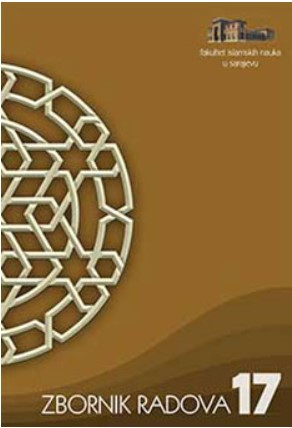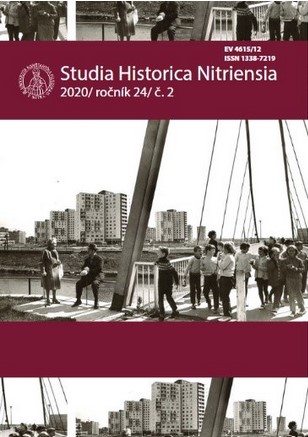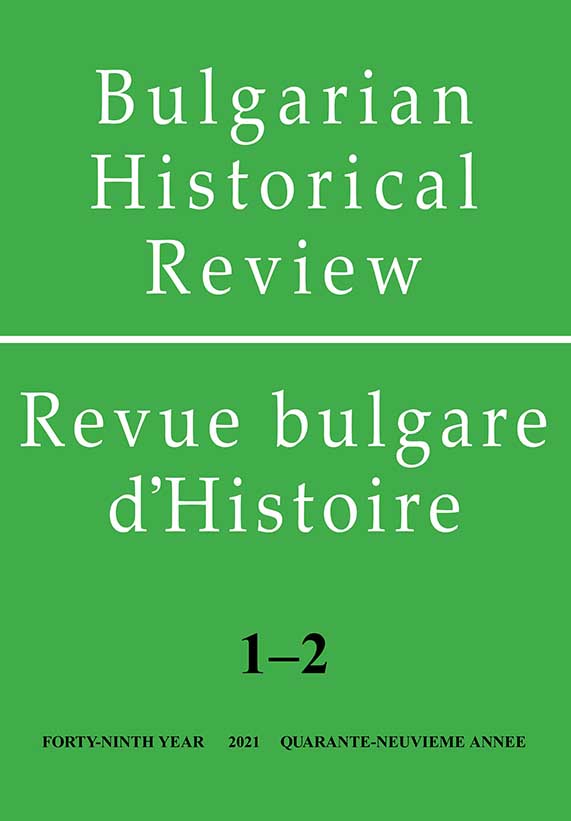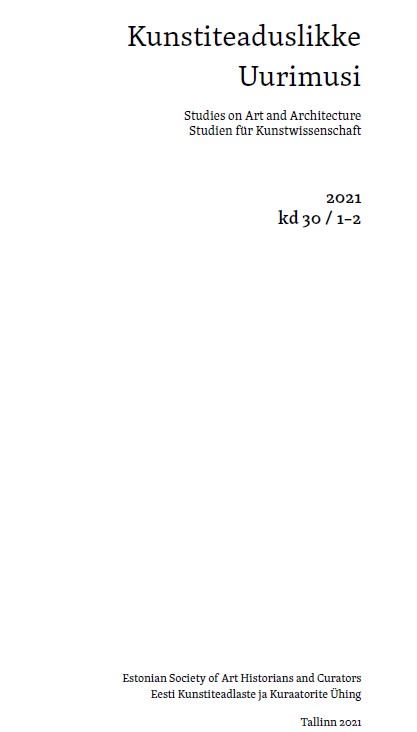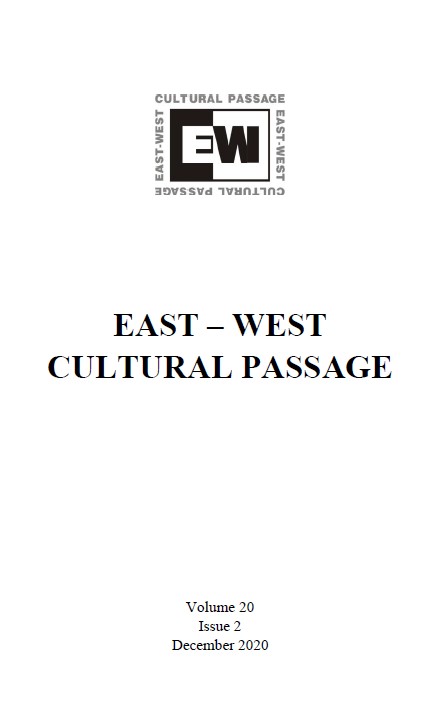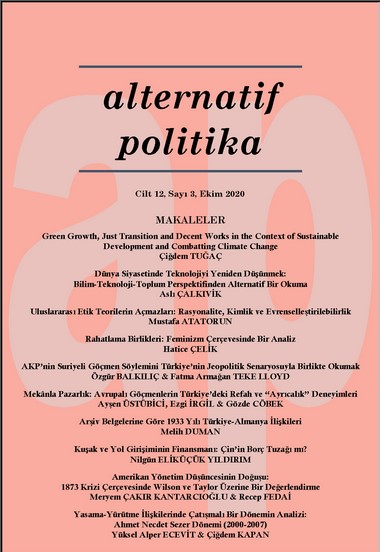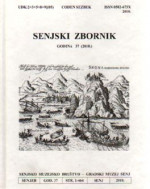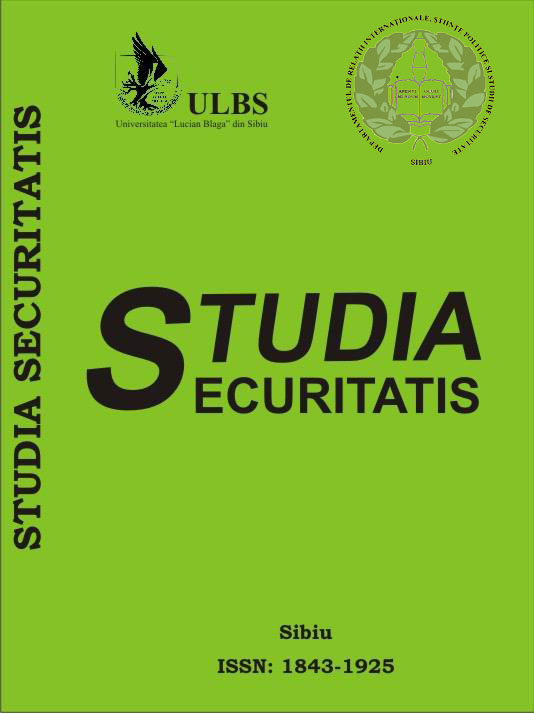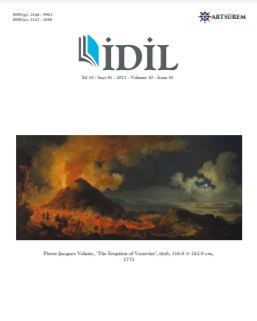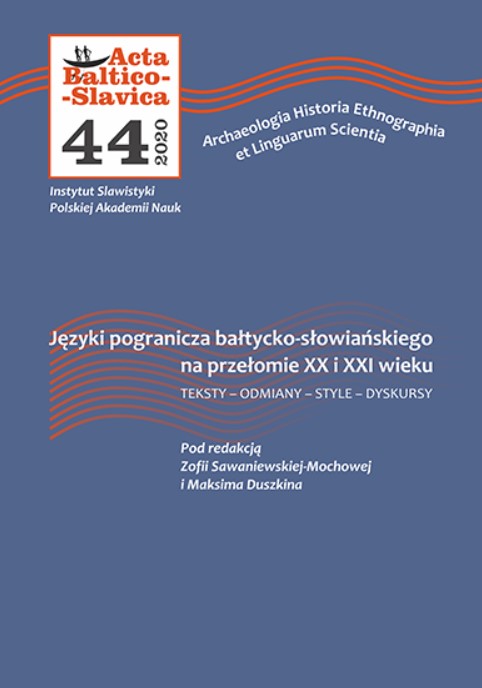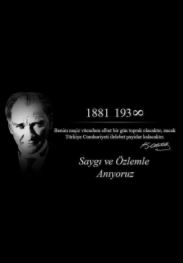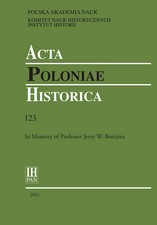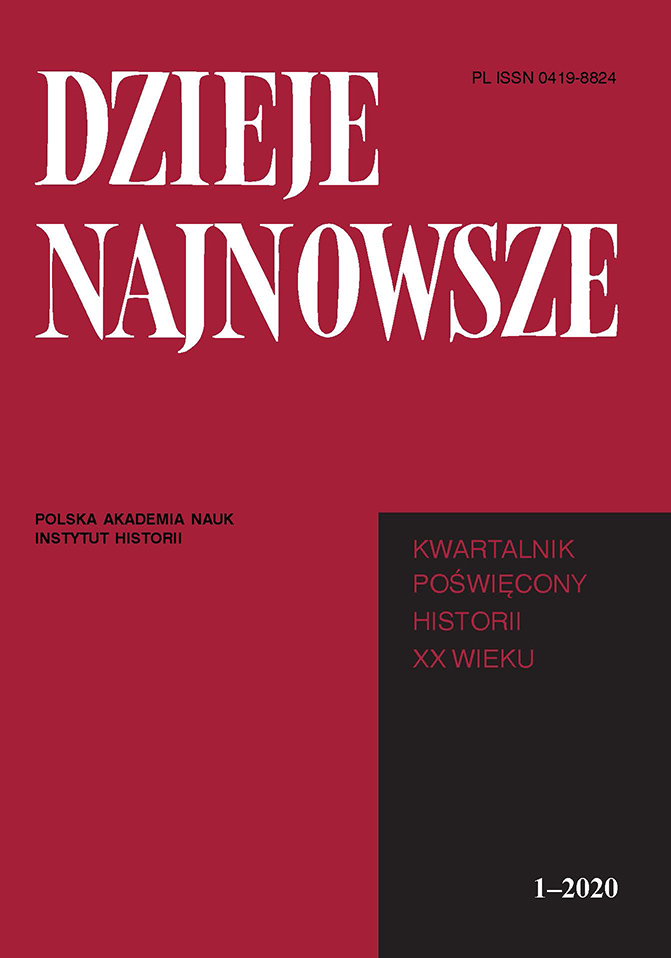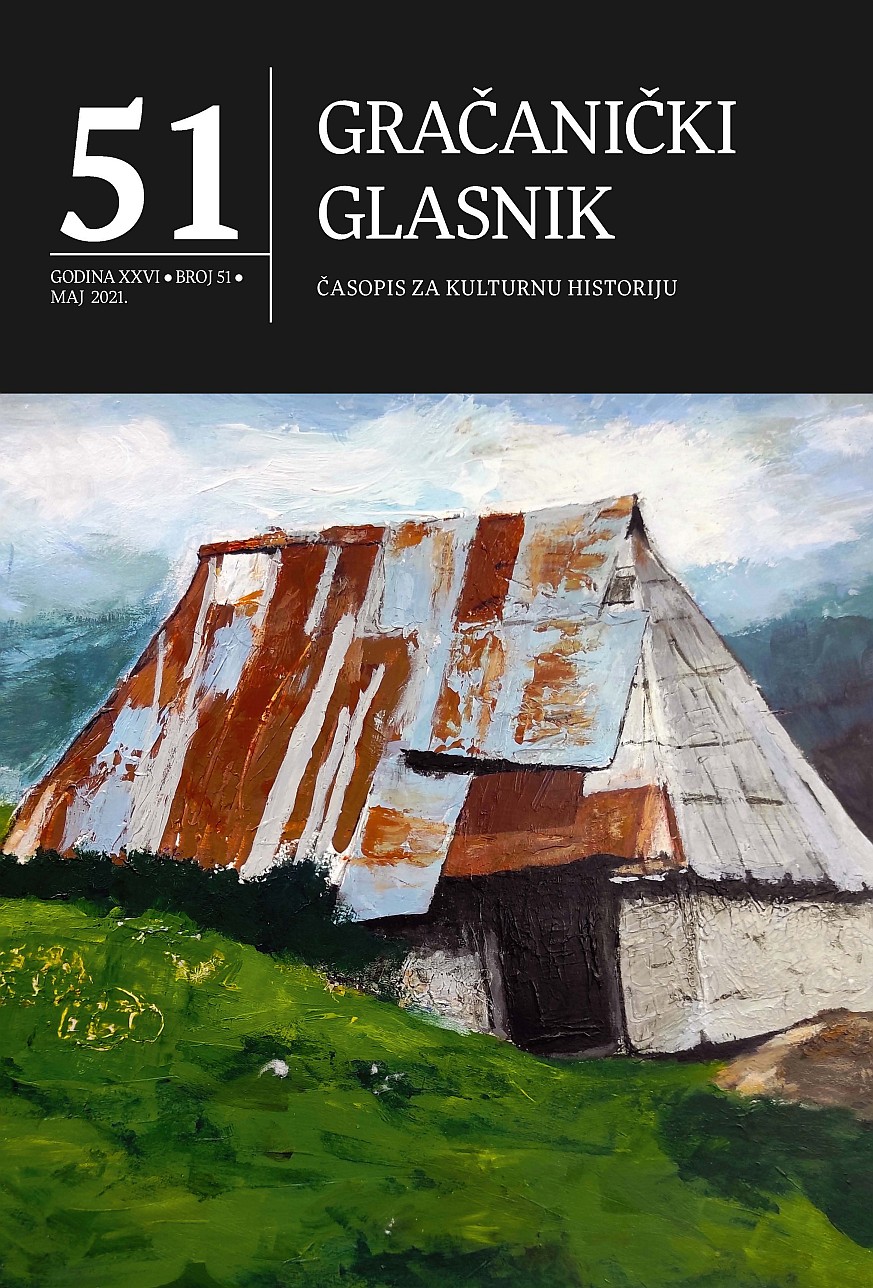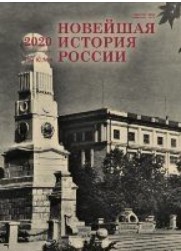
О патриотизме русской эмиграции: интерпретации и практики в 1940-х годах
The patriotic moods in Russian emigration during World War II and in the first post-war years are less studied than those of the 1920s and 1930s. Patriotism manifested itself in various forms, and was reflected both in journalism and in behavioral practices. The attitude towards Russia ranged from support for the Soviet regime to defeatist appeals. The most objective position, albeit implacable in relation to the Soviet regime, was taken by New Journal, using materials of which the “cultures of patriotism” were mainly considered. Serious disagreements among the emigrant community raised questions of support for the USSR; questions of the global postwar structure and the fate of European democracies; and restoration of Russia’s former borders. A significant number of authors defended the “restoration” policy of the Soviet government toward lost territories. Others did not see danger in the policy of “containment” of the USSR. Fears of a possible territorial collapse of the country, in particular the separation of Ukraine, became one of the most striking manifestations of patriotism. In the field of practical actions, the experience of communication between emigrants and Soviet citizens who found themselves in Europe, and especially the movement for returning to the USSR, deserves attention.
More...
